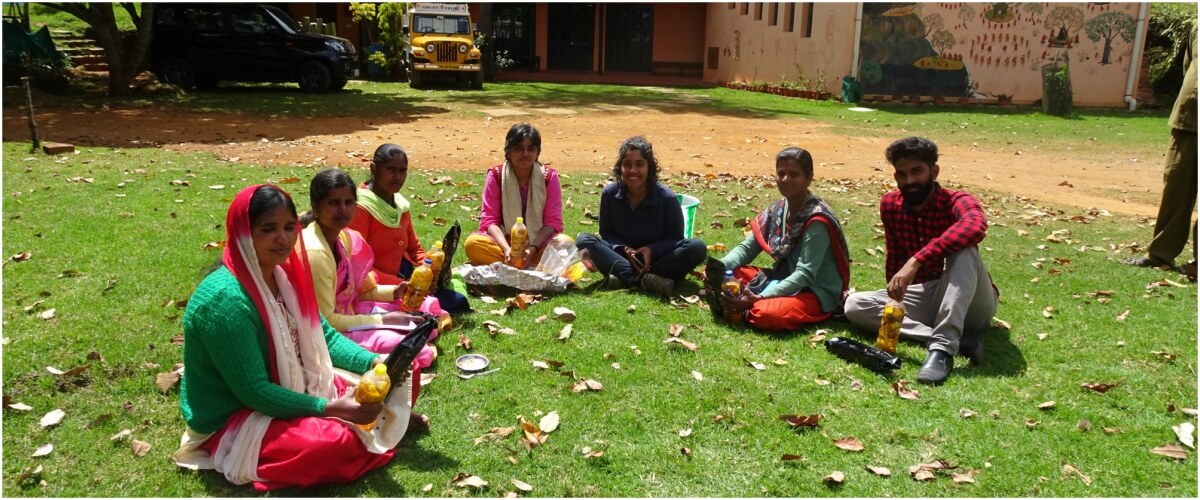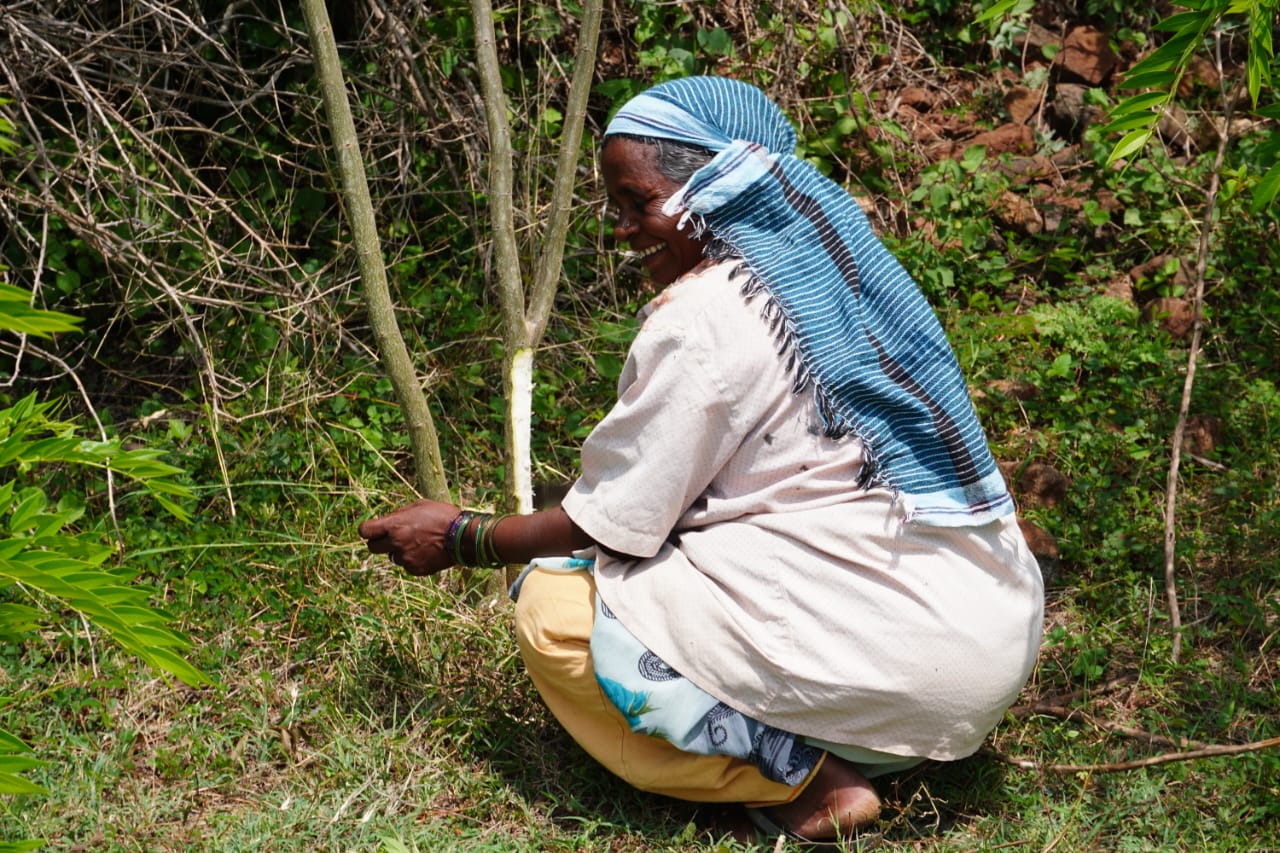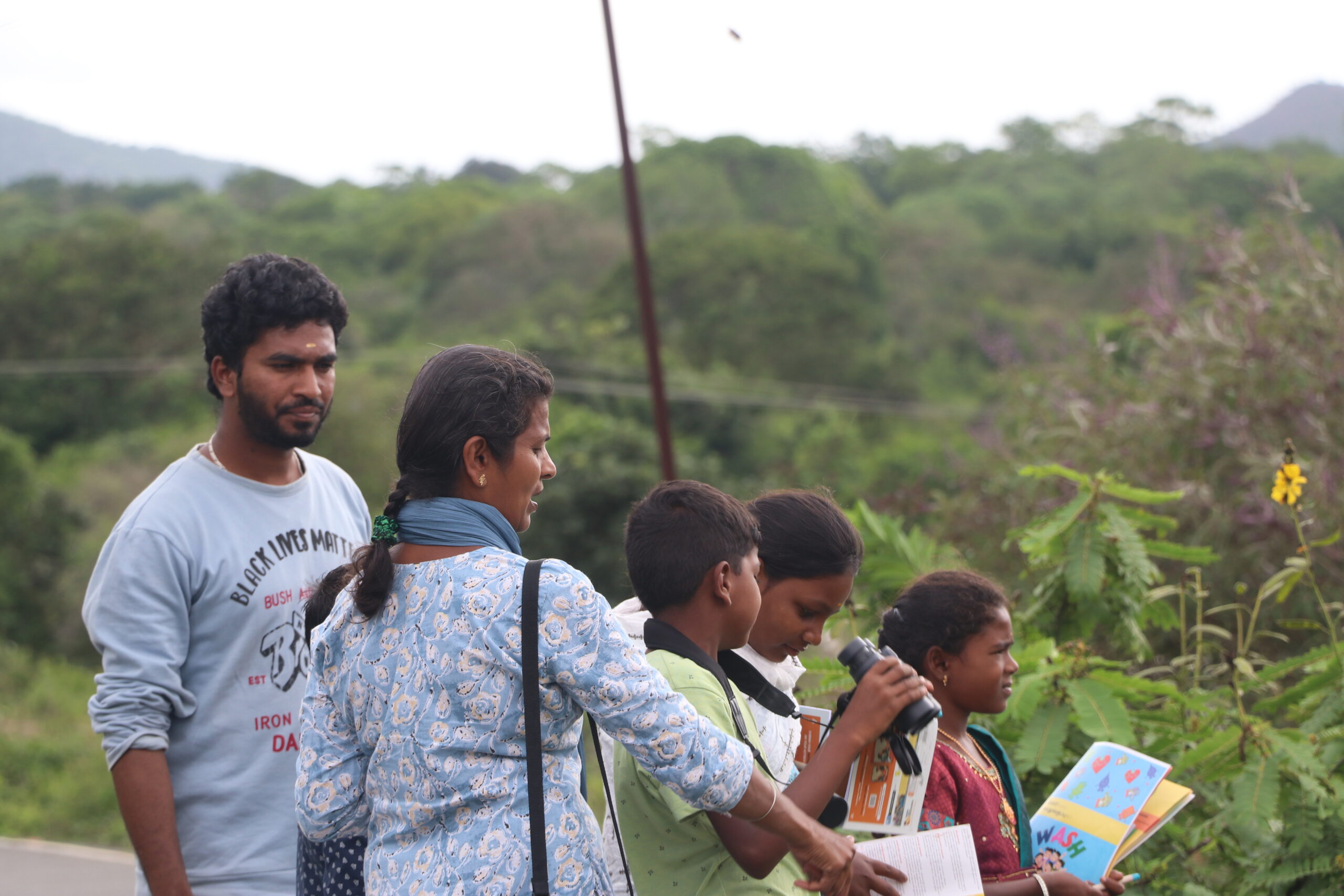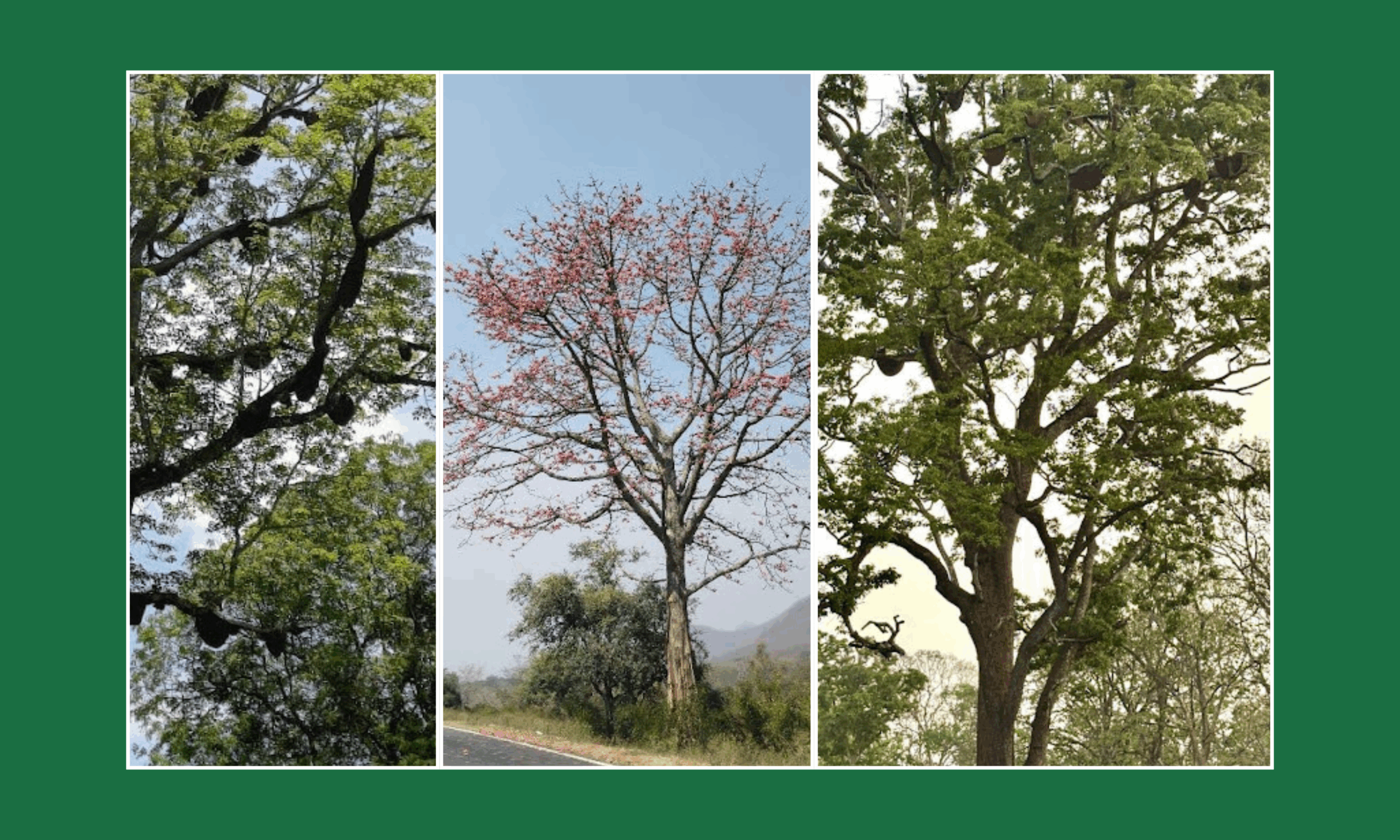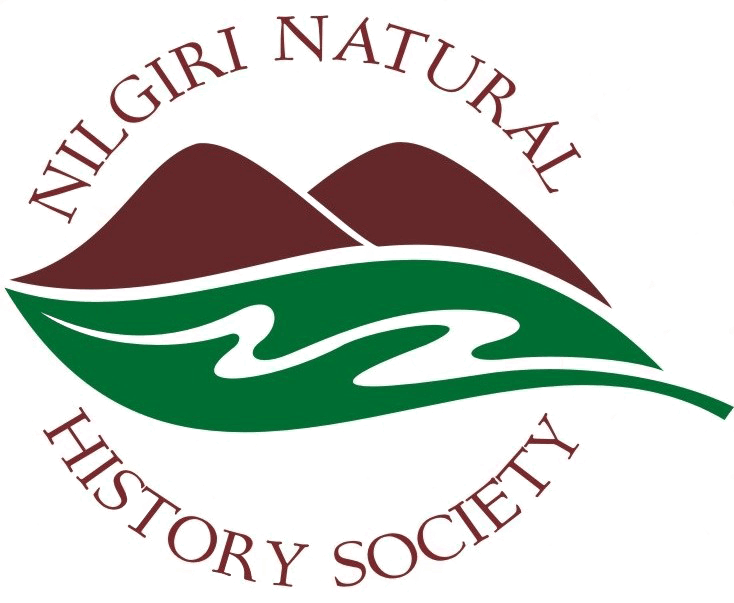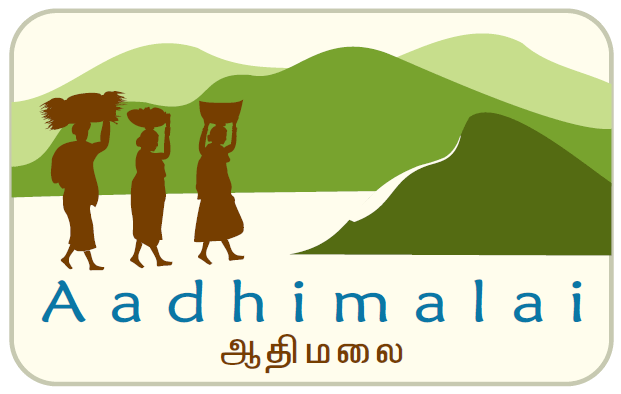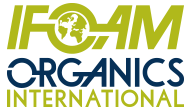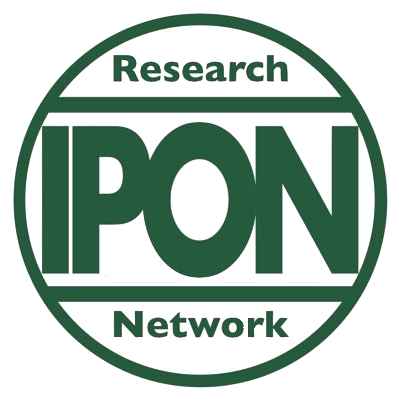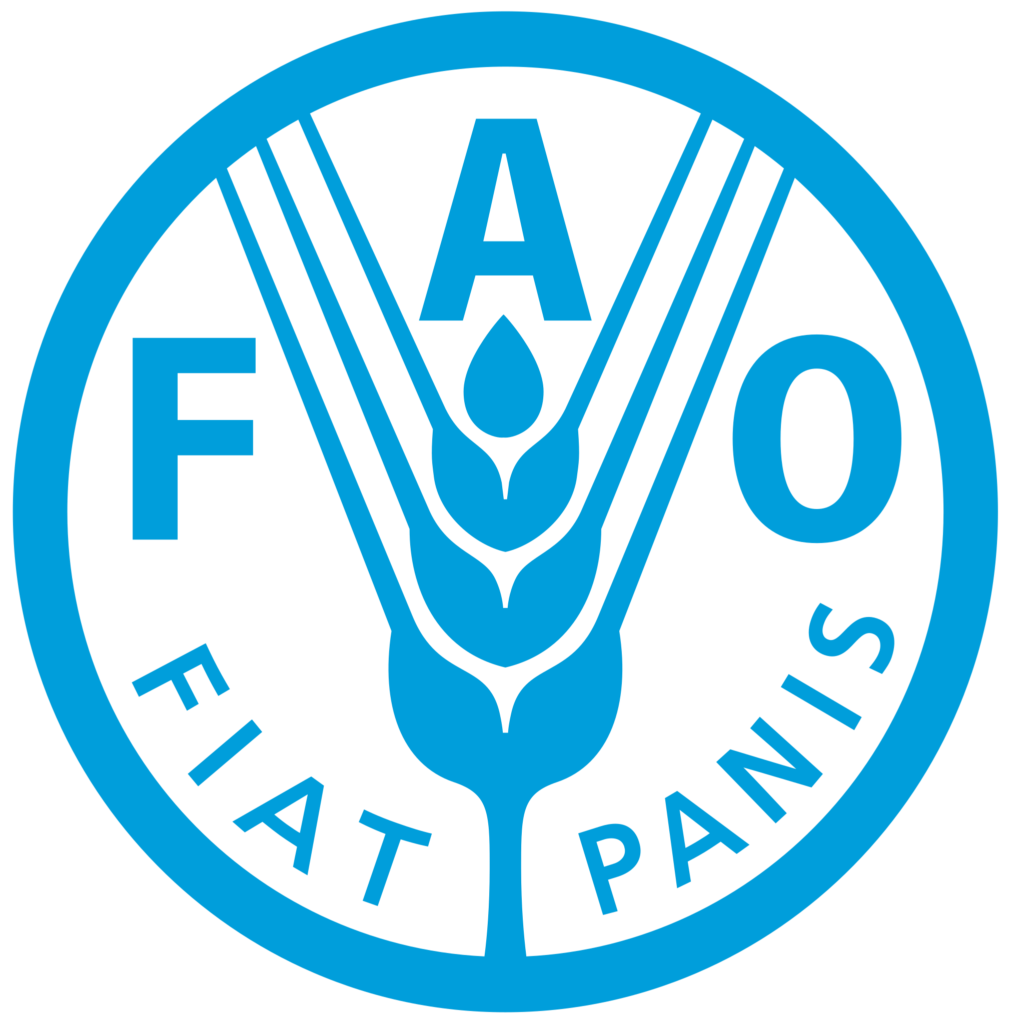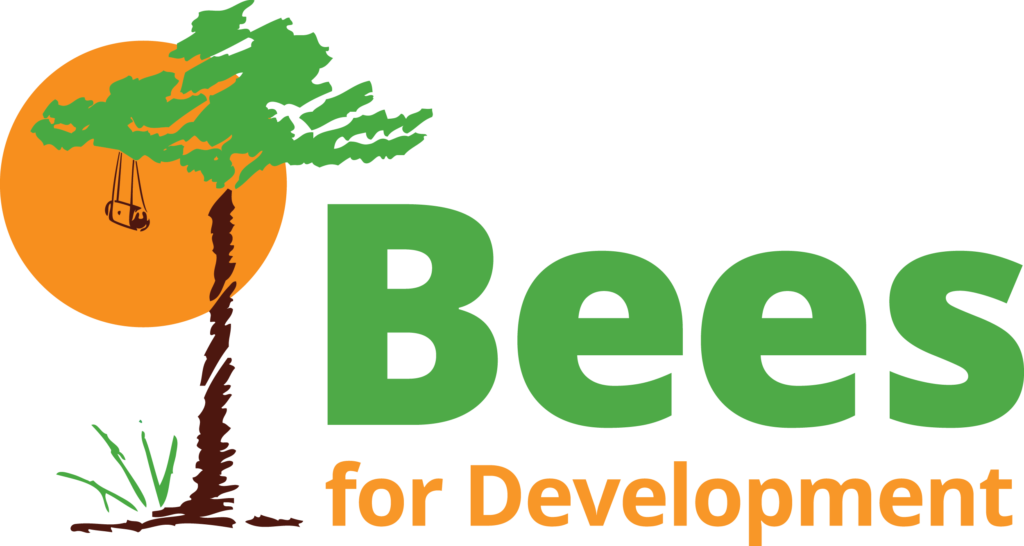While it is important to improve access for humans and wildlife by creating separate access points and providing necessary infrastructure to mitigate negative interactions, it is also our responsibility as humans to ensure that we do not pollute water sources for wildlife as well as our future generations. To bring about such awareness and behavior change in our consumerist patterns, a DIY (Do It Yourself) workshop in collaboration with NNHS was held for the Kotagiri community stewards to make natural cleaners. During the workshop they were given free sample kits of soap-nut, shikakai and organic soap to begin the practice at home before reaching out to the larger community.
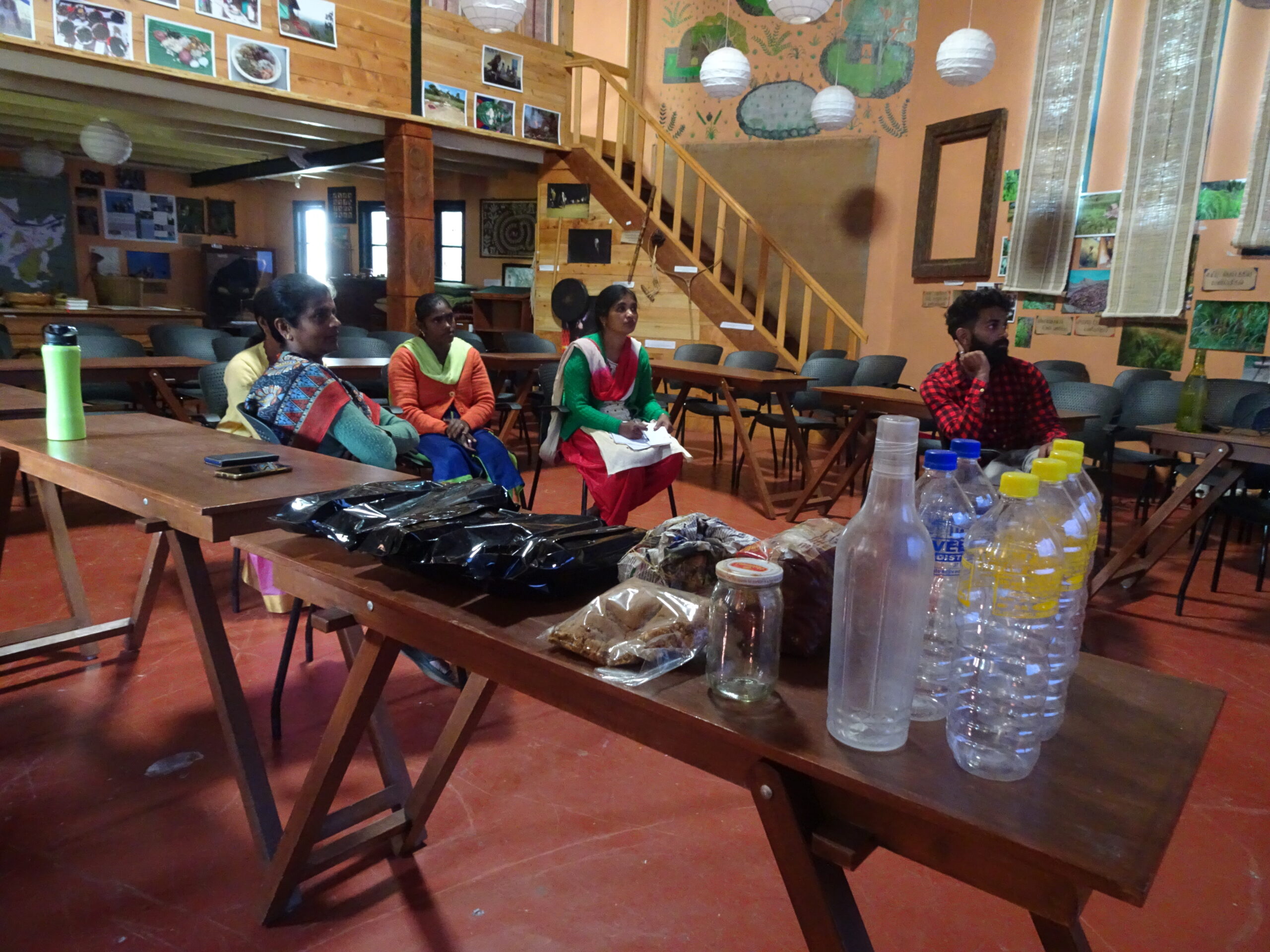
Photo taken by Nayantara
Natural cleaners work with the Earth’s regeneration process thus reducing conflict with Earth and other living beings co-inhabiting this ecosystem and bringing abundance of life-force into our lives. Using combination of soap-nut, shikakai with bio-enzyme and wood ash we can replace all the chemical cleaners used at home. Bio-enzyme breaks down the grime rather than burning it like chemical cleaners do. The wastewater that leaves our home and joins water bodies will add to the food pyramid because of live microorganisms present in it. It does not deplete oxygen in water bodies. Washing with soap-nuts consumes lesser water. Lakes and streams need not froth and choke as these cleaners work with Earth’s natural regeneration process.

Photo taken by Nayantara
The process of making citrus peel bio-enzyme is as follows: Proportion is 1:3:10 100 grams jaggery + 300 grams only citrus peels (orange, sweet lime, lime, pineapple no need to cut) +1 liter water Mix all three in 2 liter PET bottle or any plastic container with lid. (Lid is required to keep insects out) Keep in cool dark place. Stir everyday as this is an aerobic process and release the gas. In 3 months it is ready. Add pinch of yeast and it will be ready in 2 weeks. It is ready when it stops releasing gas and you can see the peel would have turned to pulp. Let it settle and separate clear liquid for mopping and pulp for vessel or toilet cleaning.
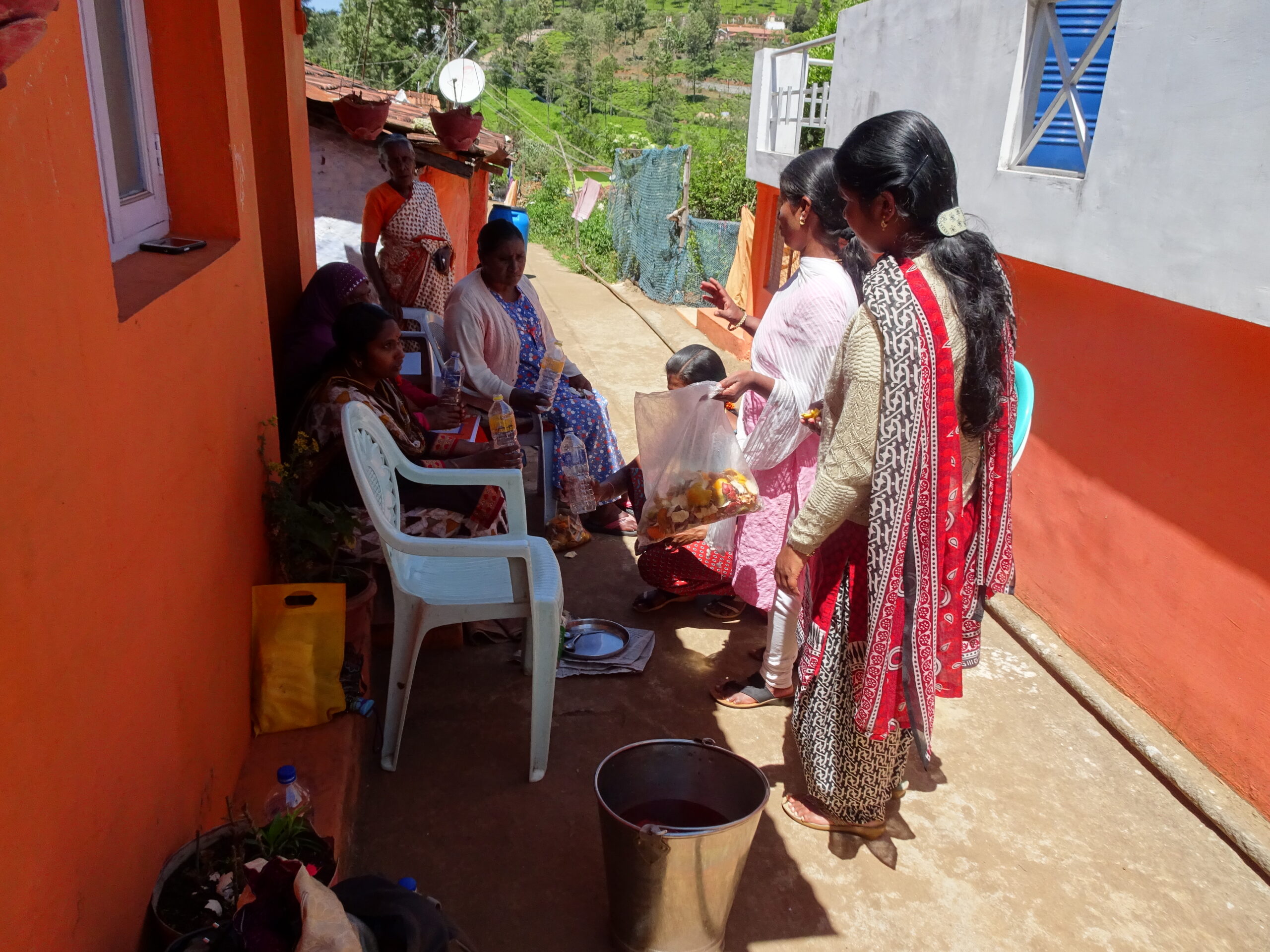
Photo taken by Nayantara
Once the stewards were familiarized with the process, the stewards’ sphere headed their plan approached people from different communities where they monitor water sources, to conduct these natural cleaner workshops. So far they have conducted two workshops with a group of five women each in these areas, and the plan continues to reach more in other areas through the community stewards. The idea is to take these alternatives back to the community to raise awareness about water pollution, public health of using harmful chemicals, re-using pet bottles and vegetable wastes.
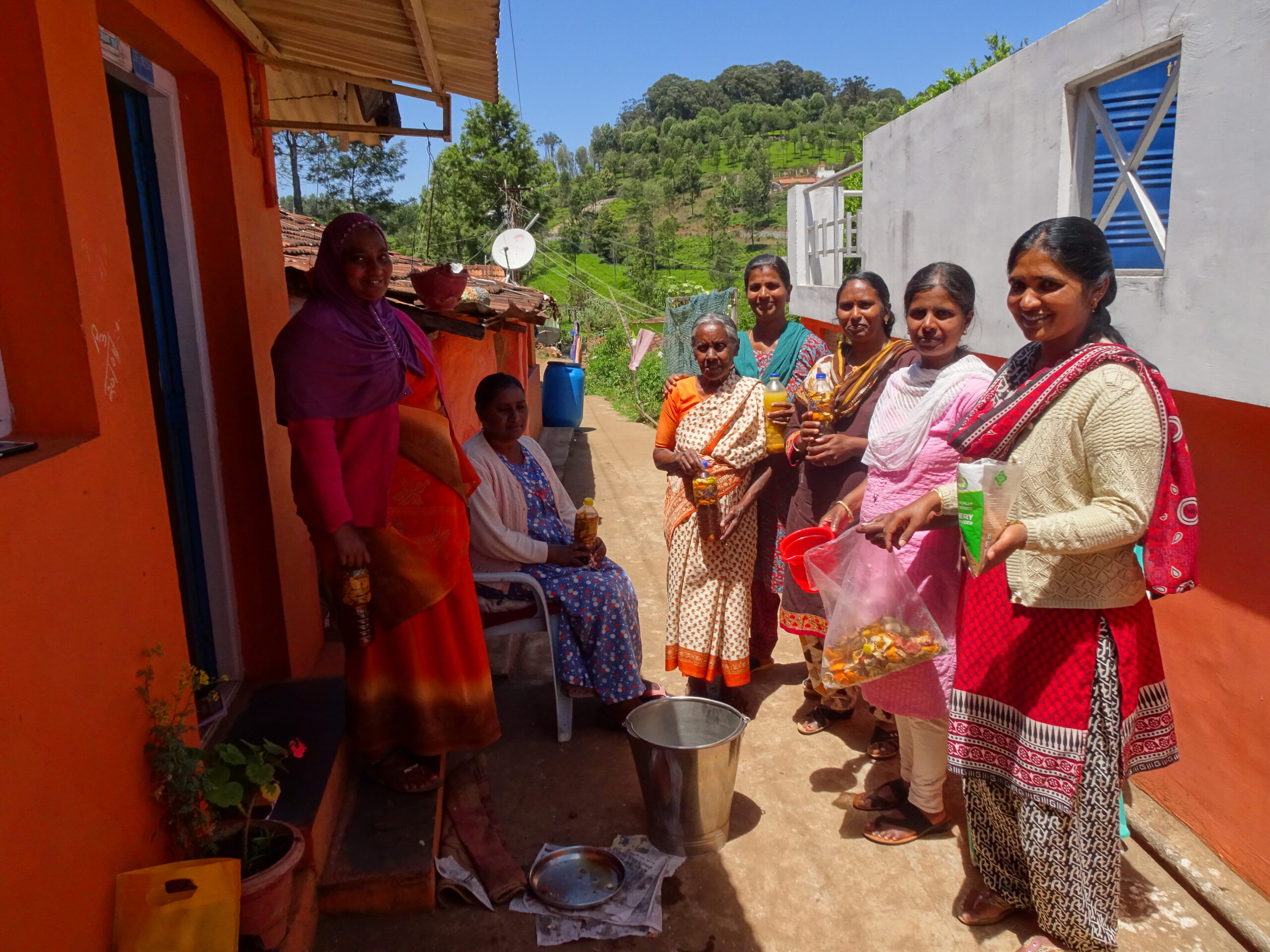
Photo taken by Nayantara
By Nayantara Lakshman

